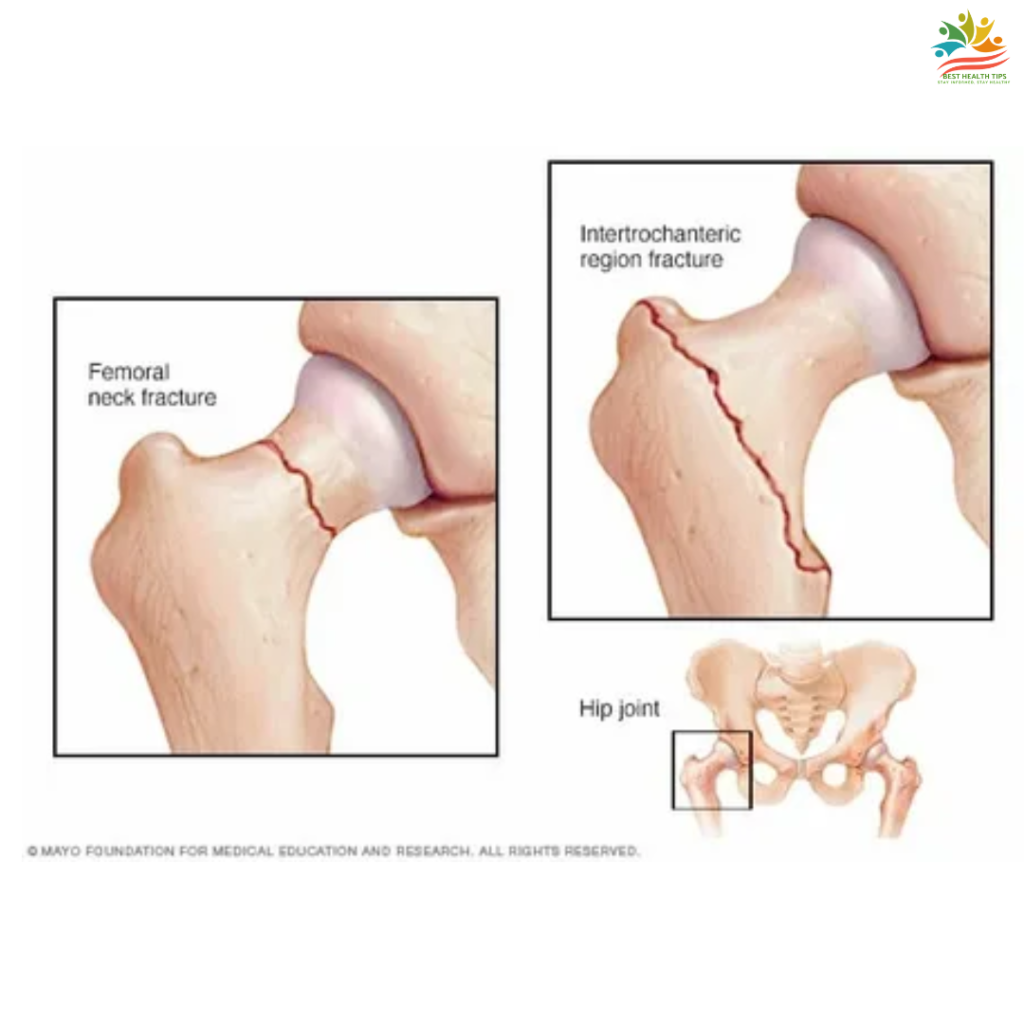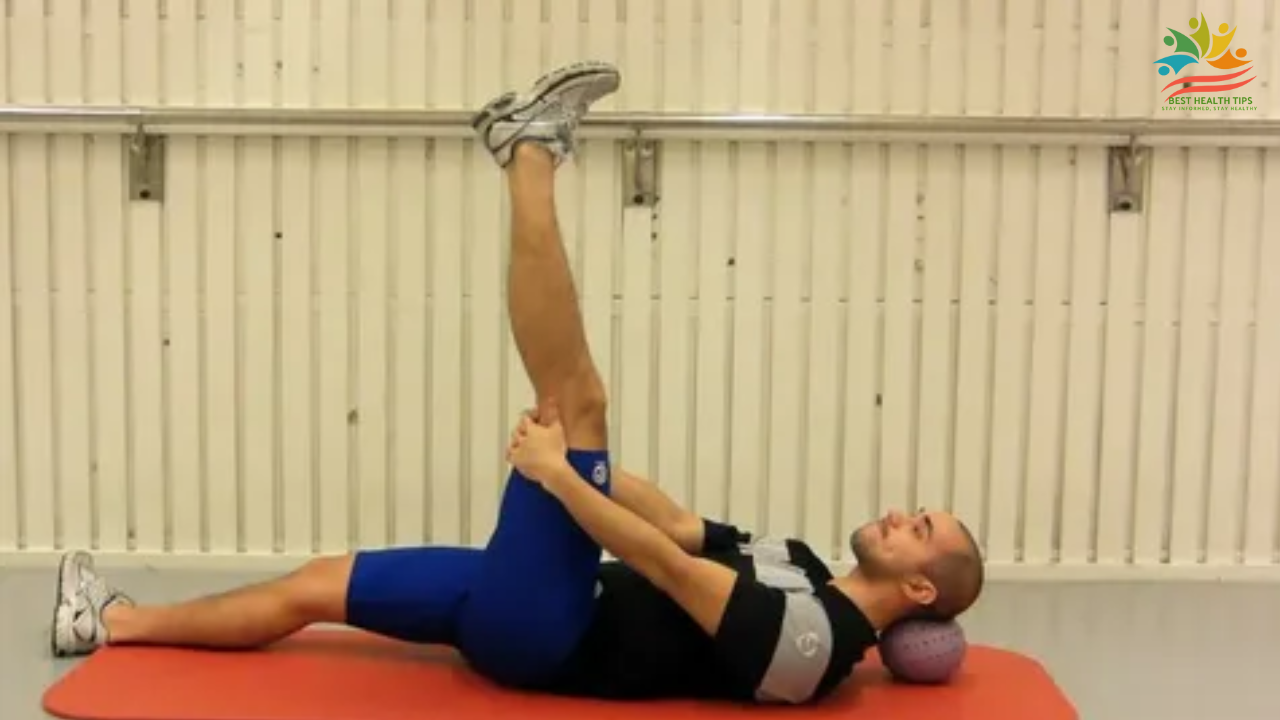Introduction
Rehab Exercises For Femoral Neck Fracture breaking your hip is rather more than a dent in the road. It is much like a major detour in your journey through life. Now do not worry; you’ll be back on track before you know it, with the right kind of rehabilitation exercises.
Understanding Your Recovery Journey
Recovery from a femoral neck fracture is similar to reconstructing a house. To reconstruct a house, it may be reconstructed provided the house itself gets a foundation that is correct, and subsequent wall and roofing construction follows next. Similarly, recovery from the femoral neck fracture takes weeks, months and commitment and even years of their life. Therefore, there exists primary healing of femoral fractures.
Initial Healing Phase
These precious first few weeks after surgery or an injury are when your body has been working overtime like a construction crew on deadline. Your bone needs some time to knit itself back into place, but that doesn’t mean you can’t start some gentle movements.
Recovery Timeline
Every healing is different; like fingerprintsno two the same. With respect to averages, you are probably sitting there thinking you will look at 1216 weeks of organized rehabilitation, but let’s not get too focused on the number.
Early Stage Exercises
It’s time to move. We are going to start out with exercises gentle enough not to provoke that healing bone, yet strong enough to halt muscle waste. Here are the exercises while lying in bed.
Consider these your wakeup exercises for your muscles. Ankle pumps and little toe wiggles may look like nothing, but it’s turning the key in the ignition for recovery.
- Ankle pumps: do 1015 repetitions, hourly throughout the day
- Quad sets: contract the thigh muscle lightly, hold for 5 seconds
- Heel slides: slowly slide heel toward buttocks
Circulation Exercises
Poor circulation after surgery is a traffic jam in your body. These exercises keep things moving:
- Leg lifts lying on your back, done gently
- Glute squeeze isometrically
- Deep breathing exercises
Intermediate Recovery Stage
This is the fun stage; you can start bearing some weight on your leg. It’s like test driving a bridge before opening it to full traffic.
Weight Bearing Progression
Your physical therapist is going to let you go gradually. You’re going to progress from:
- Toetouch weight bearing
- Partial weight bearing
- Full weight bearing
Balance Training
Balancing is almost like riding a bicycle: one time you ride it, one time you ride it, forever you ride, but after being injured, a little practice has to get the bike rolling again.
What is the best exercise for the femoral neck?
The best exercises for the femoral neck during the recovery period depend on its stage, but leg raises (assisted or unassisted) and standing hip abduction should be emphasized more. These improve the strength of the hip flexor and abductor muscles to support the femoral neck properly. Heel slides also enhance flexibility, and quadriceps sets encourage muscle activation with minimal joint load. Always consult a healthcare professional to determine the best exercise for your specific condition. Let me know if you’d like to highlight a specific exercise in your document
best exercise for a fractured femur?
The best exercise for a fractured femur depends upon the healing stage. Initially, ankle pumps and quadriceps sets improve circulation and prevent muscle atrophy without stressing the bone. As healing progresses, heel slides, seated marching, and leg raises help restore mobility and strength. In later stages, standing hip abduction and partial weightbearing exercises improve stability and function.

rehabilitation of femur fracture?
. The first is pain management and immobilization. The next would be gradual progressive physical therapy for strength and mobility improvement.
Key Phases of Rehabilitation:
1. Immobilization & Initial Recovery (Weeks 16)
Avoid weightbearing using crutches, braces, or a walker.
Perform gentle ankle pumps and quadriceps sets to avoid muscle atrophy.
2. Early Mobilization 6th to 12th weeks
Gradually introduce heel slides, seated marching, and leg raises to enhance range of motion.
Partial weightbearing under close physiotherapy supervision.
3. Strengthening & Functional Training months 36
Standing hip abduction, squats, and balance exercises for stability.
Walking increased distance with reduced support.
4. Advanced Rehabilitation & Return to Normal Activities (6+ Months)
Fullweightbearing exercises, cycling, and lowimpact resistance training. Focus on return to full strength, endurance, and flexibility.
Advanced Strengthening
it is time to regain that strength once again. So, this process is like building a new stronger engine for the body.
Functional Exercises
These exercises are mimicking the regular activities so you can return to life in a regular manner:
- Stepups when appropriate by your physical therapist
- Assisted squats
- Standing hip abduction
Walking Again
This is not really putting one foot in front of the other when walking; it is really a very complicated dance, involving muscles and joints and even timing. Let’s help you walk again right.Remember all that you used to do without noticing? It’s time to relearn how to do them, but better and conscious.
Conclusion
It is one victory after another until all adds up as something magnificent: recovery from a femoral neck fracture. You may regain an active life if you insist on your exercise and have enough patience to give the process.
FAQs
1. How many weeks will I be required to wait before having weight applied on my leg once I have undergone this kind of fracture?
Commonly, after surgery, is usually between 68 weeks; still, it really depends on your surgeon’s personal recommendation.
2. How many weeks will be needed to achieve these exercises?
Initial rehabilitation 1216 weeks, and some exercises a lifetime to ensure that there’s no further damage.
3. What are the warning signs that I’m overdoing things with these exercises?
Exercises causing worsening pain that lasts over 2 hours after exercise, swelling, or agonizing pains with movement.
4. Can I participate in water exercises in rehabilitation?
Once your incision is healed and your doctor allows it, lowimpact waterbased exercises are a great option.
Read more about Exercise & Fitness and other categories at Best Health Tipss.


